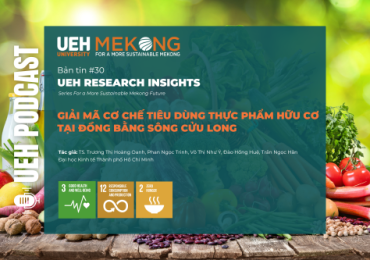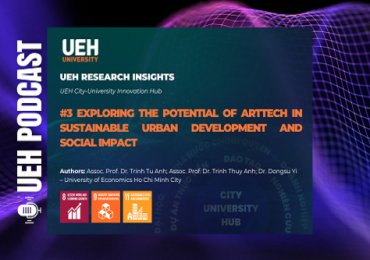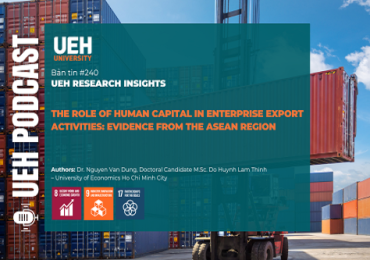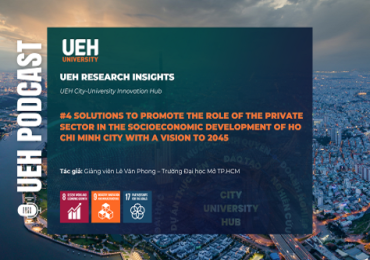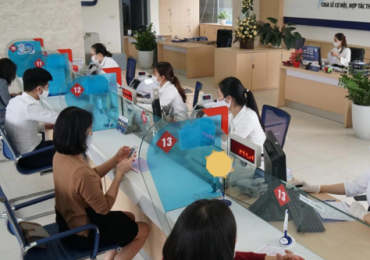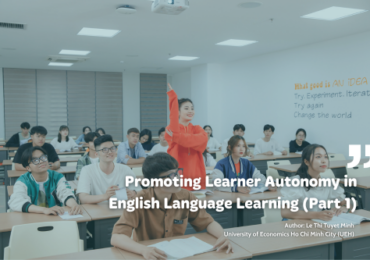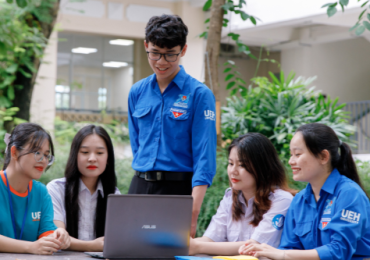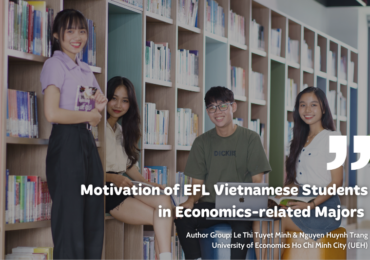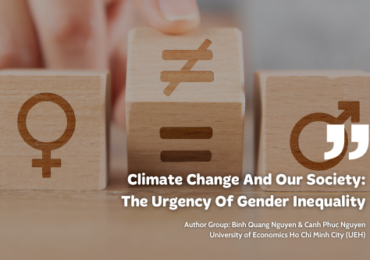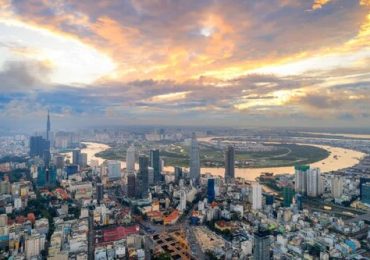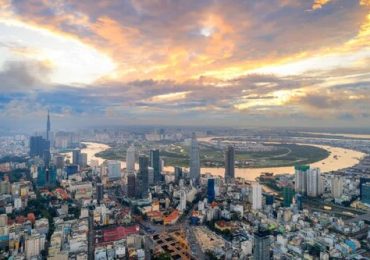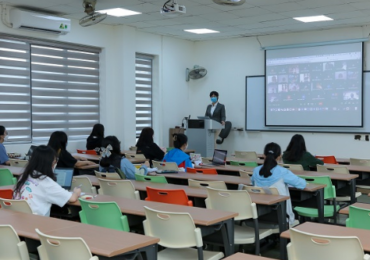[Research Contribution] “Developing the Economy, Tourism, and Community Art at Tam Thanh” Project
13 February, 2025
Keywords: Community-based planning, Tam Thanh, mural village, vision.
Tam Thanh, the only coastal village of Tam Ky City in Quang Nam Province, is renowned for its vibrant murals that have made a lasting impression both domestically and internationally. However, the village is now facing multiple challenges, including climate change, coastal erosion, and the urgent need for sustainable tourism development alongside cultural preservation. Against this backdrop, the project Developing Strategies to Improve the Economy, Tourism, and Community Art at Tam Thanh, Tam Ky was initiated. The project seeks to integrate environmental protection measures with cultural and economic development, aiming to transform Tam Thanh into a sustainable and comprehensively developed destination.
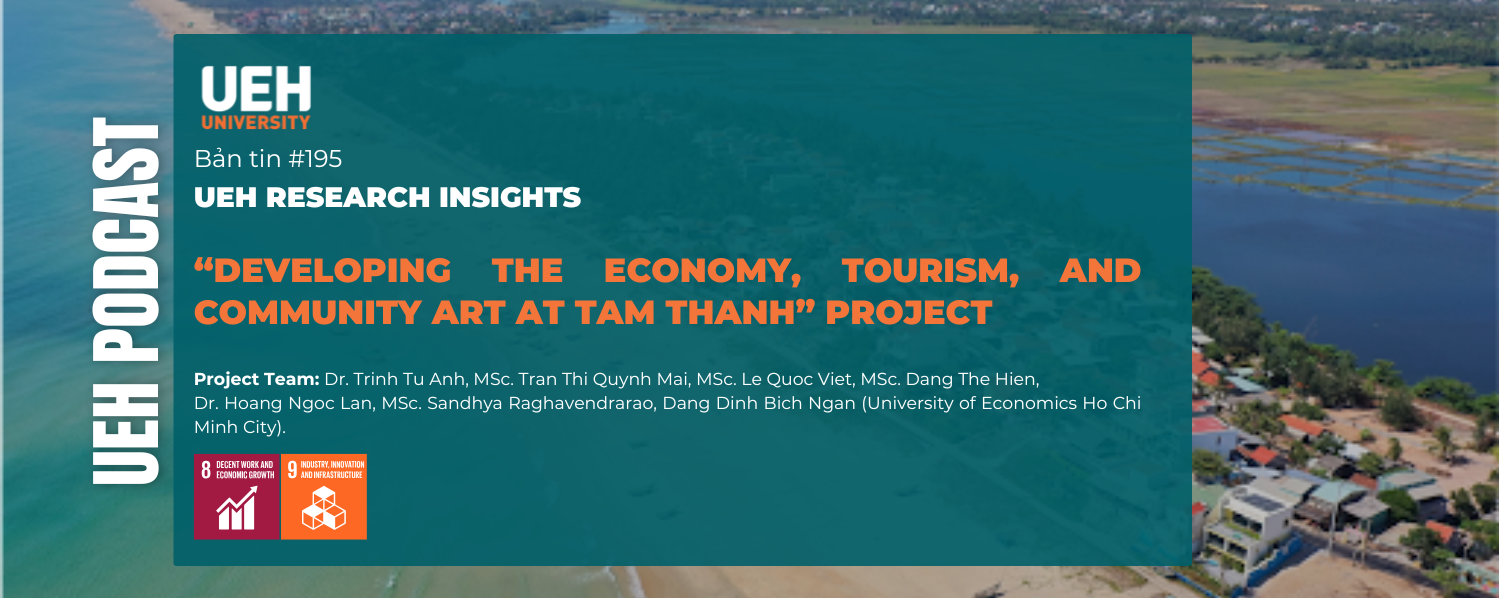
The initiative is led by the Institute of Smart City and Management (ISCM) under the University of Economics Ho Chi Minh City (UEH), in collaboration with UN-Habitat, local authorities, businesses, and the Tam Thanh community, and funded by the Swiss Confederation. Currently, the project is in the stage of formulating an overarching landscape plan. This will be followed by a detailed design phase and the construction of a specific pilot area to serve as a development catalyst for the locality’s future.
The project sets out three key development objectives:
- Economic Development: Enhance the exploitation of traditional crafts and expand eco-tourism to generate more employment opportunities and increase local income.
- Promotion of Sustainable Tourism: Establish Tam Thanh as an attractive destination that is both environmentally friendly and rich in local cultural identity.
- Community Art Development: Encourage community participation in creative arts and public space enhancement, thereby strengthening social cohesion and enriching visitor experiences.
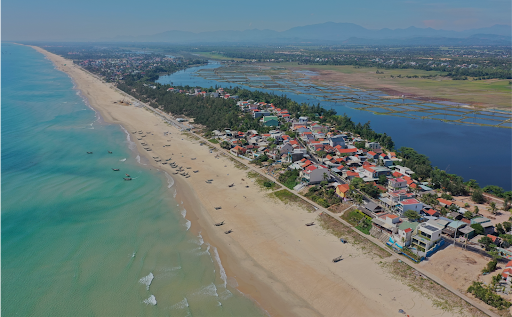
Design Solutions – Integrating NBS and Co-Creation
The project applies Nature-Based Solutions (NBS) in combination with community co-creation to revitalise Tam Thanh’s public spaces. Natural elements—such as coastal vegetation, natural erosion-control systems, and beach landscape restoration—will be harmoniously integrated with communal activity areas. This design approach is not only aesthetic but also environmentally protective, enabling residents to actively participate in the design and management of shared spaces, thereby safeguarding the locality’s cultural identity.

Alignment with Tam Ky’s Development Strategy
As the sole coastal area of Tam Ky City, Tam Thanh holds a strategic position in economic and tourism development. The Developing the Economy, Tourism, and Community Art at Tam Thanh project will not only create an innovative and sustainable destination but will also contribute to enhancing the city’s socio-economic standing. Tam Thanh is envisioned as a bridge between urban life and nature, opening new opportunities for eco-tourism and cultural-artistic activities, and serving as a driving force for Tam Ky’s overall growth.
Multi-Stakeholder Collaboration – A Foundation for Sustainability
The project is the outcome of collaboration among ISCM (UEH), UN-Habitat, local government, businesses, and the Tam Thanh community. UEH’s role extends beyond project design and implementation to include knowledge mobilisation, innovation promotion, and ensuring long-term sustainability.
The Developing the Economy, Tourism, and Community Art at Tam Thanh project not only improves local living conditions but also affirms that sustainable development must be rooted in the close integration of people, nature, and culture. Tam Thanh is set to become a model for coastal development, offering a new pathway for other coastal communities nationwide.
Project Team:
Dr. Trinh Tu Anh, MSc. Tran Thi Quynh Mai, MSc. Le Quoc Viet, MSc. Dang The Hien, Dr. Hoang Ngoc Lan, MSc. Sandhya Raghavendrarao, Dang Dinh Bich Ngan (University of Economics Ho Chi Minh City).
This article is part of UEH’s knowledge dissemination series “Research Contribution For All – Research for the Community”. UEH warmly invites readers to look forward to the upcoming edition of UEH Research Insights.
Text and images: Author, UEH Communications and Partnership Development Department

[Podcast] Recommendations for University education development
14 February, 2025
[Podcast] Developing Vung Tau into a World-Class Tourism City
16 January, 2025
[Podcast] Postdigital Design Strategies for Media Art
6 January, 2025
[Podcast] NFTs – Artistic Innovation or Just a New Hype?
27 December, 2024
[Podcast] Boosting Employee Creativity with Constructive Feedback
23 November, 2024
[Podcast] “Dutch Disease” in Remittances and the Case of Vietnam
4 November, 2024
[Podcast] Latest approaches for sustainable universities
11 July, 2024
Data Law – Part 1: Necessity for a New Approach
18 May, 2024
Advertising Evaluation on Tiktok Platform
14 May, 2024
[Podcast] Advertising Evaluation on Tiktok Platform
13 May, 2024
Promoting Learner Autonomy in English Language Learning (Part 1)
24 November, 2023
ArtTech And Sustainable Development
27 October, 2023
Motivation of EFL Vietnamese Students in Economics-related Majors
12 October, 2023
Climate Change And Our Society: The Urgency Of Gender Inequality
12 October, 2023
People Analytics in Vietnam
10 March, 2022
Revolution in Experimental Economics
30 January, 2022
The Sharing Economy: Governance Issues in Vietnam
24 January, 2022
Employment Policy For Ho Chi Minh City in Post-social distancing Period
28 December, 2021
Lifelong learning at UEH: Towards a Sustainable University
28 December, 2021
Building a Decentralized Stock Market based on Blockchain Technology
24 December, 2021
Consumer price index from big data mining perspective (Big data)
17 November, 2021
Overview Of Digital Currency – Part 5: DIEM Private Stabilized Currency
11 November, 2021






